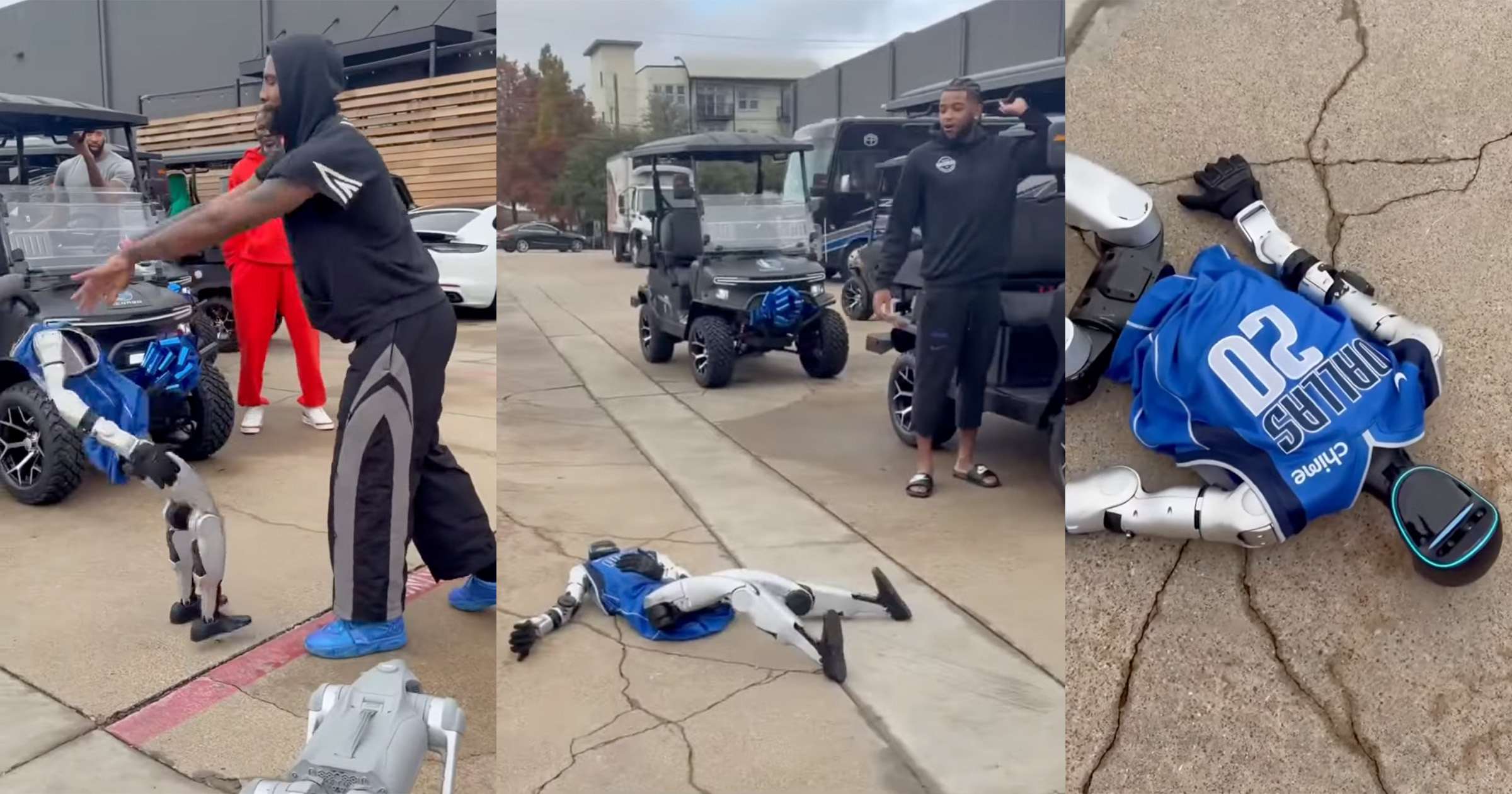Researchers are making significant strides in the field of medical diagnostics with the development of soft, magnetically controlled microbots that could replace traditional invasive procedures for inspecting the digestive tract. Current diagnostic methods, primarily endoscopy, involve inserting flexible tubes with cameras through the mouth or rectum. This often requires sedation and can lead to serious complications, including bowel perforation. The new approach promises a less invasive and more patient-friendly alternative.
Led by Qingsong Xu, a professor of electromechanical engineering at the University of Macau, the team recently introduced a prototype inspired by the locomotion of the African golden wheel spider. This spider, known for its unique cartwheeling ability across desert dunes in Namibia, has provided insights into the design of a microbot that can navigate the complex environment of the human digestive system. The microbot, about the size of a vitamin capsule, is made from a rubber-like magnetic material and has successfully been tested in various animal models, demonstrating its potential to traverse the stomach, small intestine, and colon.
Current diagnostic techniques pose challenges for many patients, as the discomfort and risks associated with endoscopic procedures often lead to delays in seeking necessary medical evaluations. According to Xu, “Traditional endoscopes cause a lot of discomfort and cannot easily access complex deeper regions inside the body.” The new soft magnetic robots aim to minimize discomfort while providing a controllable and flexible alternative.
The microbot operates by responding to an externally applied magnetic field, allowing it to move smoothly through the digestive tract. Once ingested, it can navigate through mucus and other obstacles without causing significant discomfort to the patient. At the end of its passage, it exits the body naturally, similar to processed food. This innovative design could allow for detailed examinations of the gastrointestinal tract, potentially identifying conditions like cancer, stomach ulcers, and Crohn’s disease without the invasive nature of traditional methods.
In a recent paper published in the International Journal of Extreme Manufacturing, the researchers highlighted challenges faced by previous robotic designs, which struggled in such complex environments. The Macau team opted for a design based on the golden wheel spider due to its superior ability to overcome obstacles and efficiently manage energy. “By mimicking this type of locomotion in the patient, the robot can navigate in the mucus, in the folded and even vertically inclined surfaces with remarkable stability,” Xu explained.
The microbot uses tiny magnets embedded in its legs to facilitate movement through the digestive system, controlled by a dexterous robotic arm equipped with a powerful rotating magnet positioned near the patient. This setup allows for precise manipulation of the robot during examinations.
Looking ahead, researchers plan to conduct further experiments with live animals, with hopes of advancing to clinical trials involving human participants within the next five years. Xu believes that the medical community is increasingly recognizing the potential of soft magnetic robots to transform endoscopic procedures, enhancing both patient comfort and diagnostic accuracy.
In addition to diagnostics, the future may hold advancements in targeted drug delivery using these tiny robots, which could aid in the treatment of ulcers or tumors. The field of micro-robotics is rapidly evolving, with various teams, including one from North Carolina State University, exploring similar technologies. This team has developed a robot that crawls through the digestive tract using a different mechanism, demonstrating the diverse potential of soft robotic systems for medical applications.
As the research progresses, experts like Xiaomeng Fang, assistant professor in material engineering at North Carolina State University, express enthusiasm about the implications of these technologies. “These robots are soft and they can be controlled remotely,” she noted. “They can also change their shape, which makes them very interesting for treatment of internal diseases.”
The potential impact of such advancements in microbot technology could reshape the landscape of gastrointestinal diagnostics and treatments, paving the way for more effective and patient-friendly medical practices in the near future.







